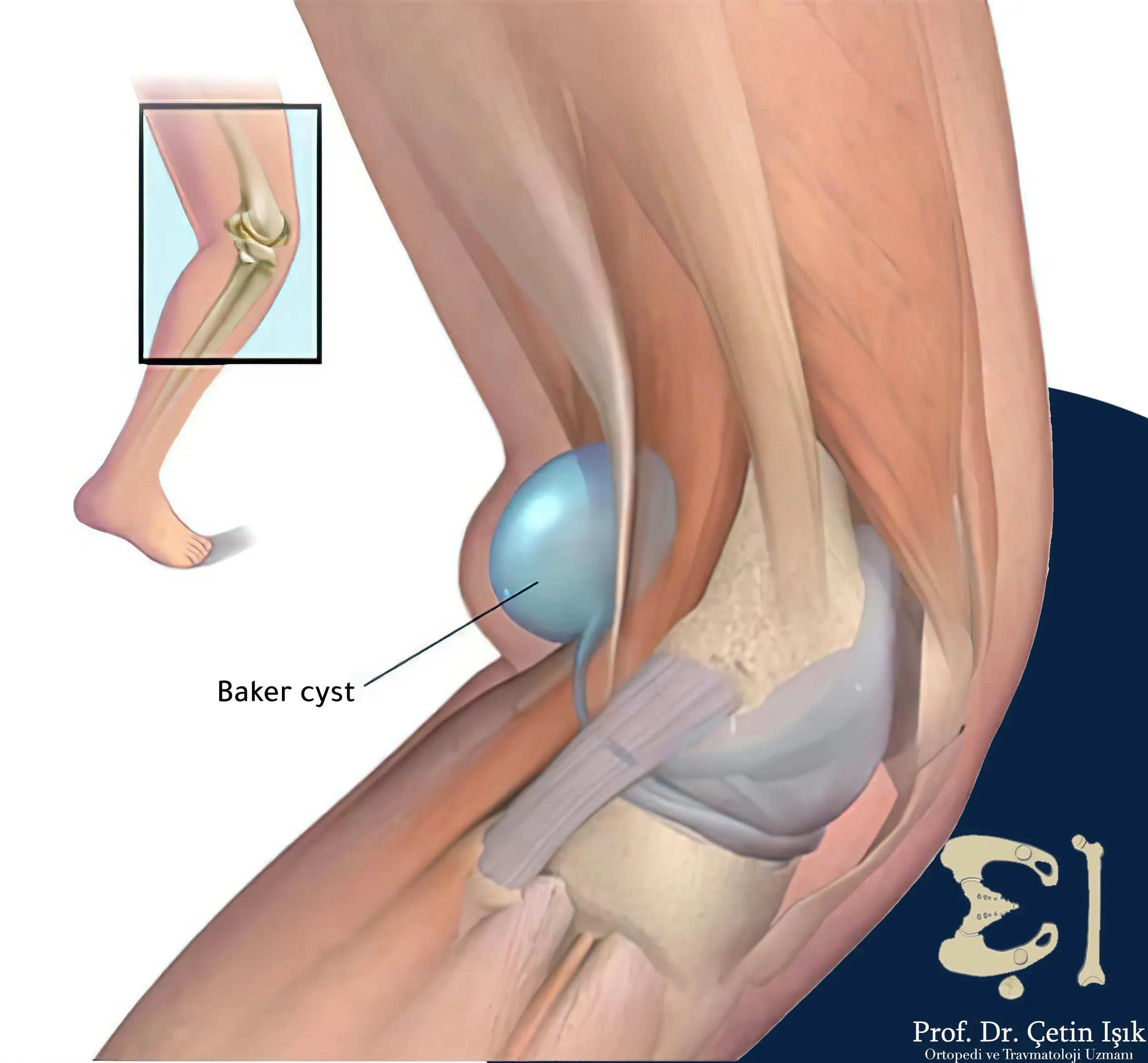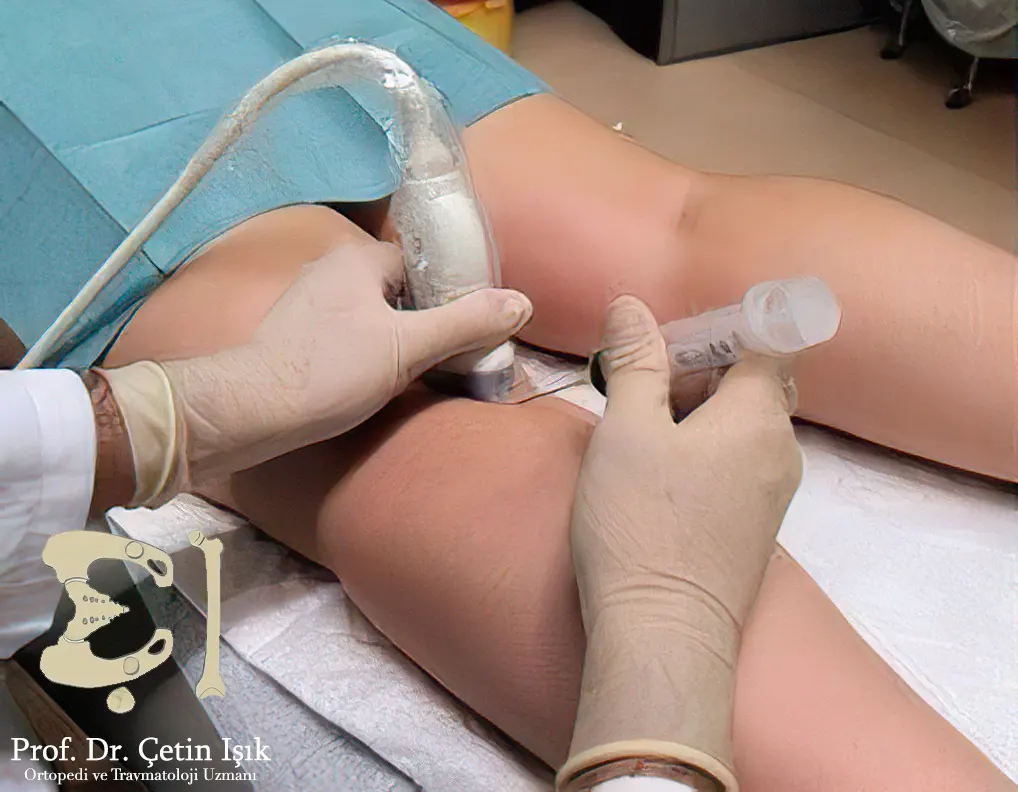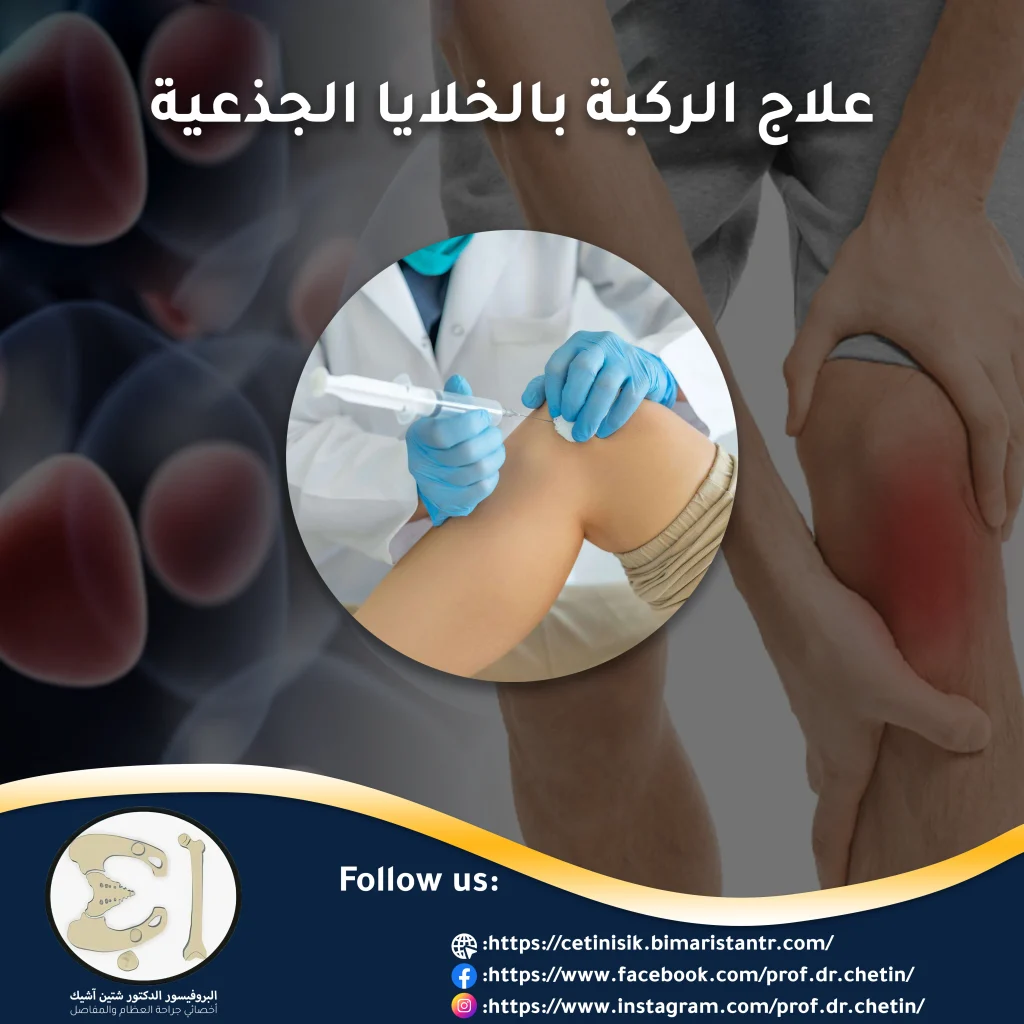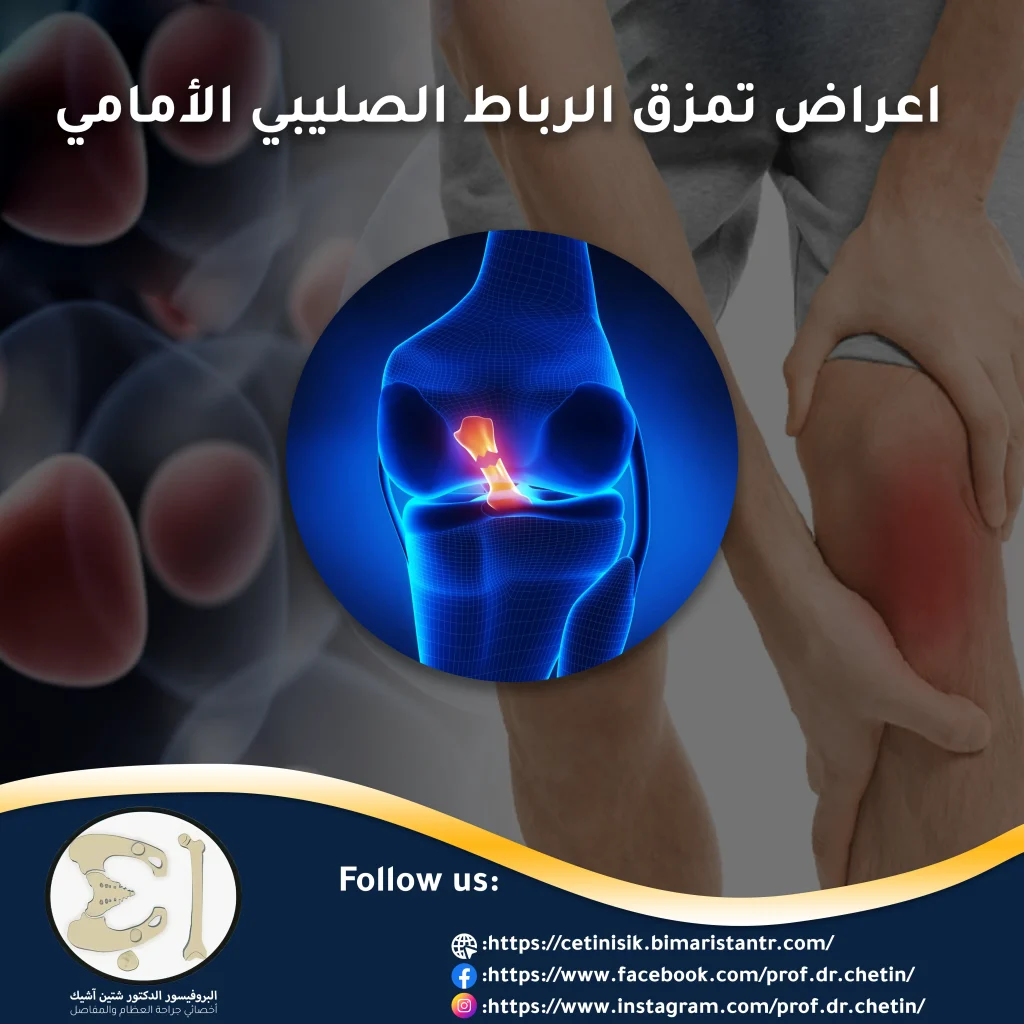A cyst behind the knee or Baker's cyst is a relatively common condition that causes stiffness and pain that develops in the knee. The treatment options for it vary, and in severe cases, surgery may be required to eradicate it.
What is a cyst behind the knee?
A cyst behind the knee also known as Popliteal cyst or Baker's cyst Baker's cyst is a benign swelling filled with synovial fluid that appears in the popliteal fossa at the back of the knee, causing stiffness and pain that is aggravated by flexion and extension of the knee.

Like many diseases and disorders, this cyst is named after the doctor who first described it; William Baker.
A behind-the-knee cyst, or Baker's cyst, most commonly occurs in adults between the ages of 35 and 70, and the prevalence usually increases with age.
Causes of a cyst behind the knee
The synovial fluid that fills the cavity between the articular cartilage and the synovial membrane helps lubricate the knee joint as well as its associated tendons and cartilage, facilitating movement of the legs and reducing friction.
The increased production of synovial fluid as a result of a problem with the knee joint, such as the presence of major joint diseases, leads to its flow towards the popliteal bursa and the formation of a Baker's cyst behind the knee.
Disorders that cause a cyst to form behind the knee include:
- Gout
- Hemophilia
- Osteoporosis in the knee
- Osoriasis
- Rheumatoid Arthritis
- septic arthritis
- Trauma, as a result of a tear in the meniscus of the knee
- Overuse of the knee, especially in athletes
Symptoms of a cyst behind the knee
Some people with a Baker's cyst, or a cyst behind the knee, have little or no pain and may not be aware of the cyst until it is 5 centimeters in size.
In other cases, the pain caused by a cyst behind the knee can be significant and cause other problems such as:
- Pain behind the knee is mild to severe, sometimes spreading to the calf
- Inflammation and swelling behind the knee and leg
- The stiffness is determined by the range of motion
- Bruises located behind the knee and leg
- Cyst rupture and synovial fluid diffusion
Swelling and bruising in the legs may be mixed with the symptoms of a blood clot, which is an emergency situation that calls for immediate care, so it is best to immediately go to the hospital to determine the cause of these signs.
if you have any of the symptoms of a cyst behind the knee; you may Contact us For advice and answers to your questions by Dr Çetin Işık.
Diagnosis of a cyst behind the knee
It is important that a behind-the-knee cyst or a Baker's cyst be diagnosed by a doctor, in order to rule out a more serious health problem such as a blood clot.
A cyst behind the knee is usually diagnosed by a physical examination. The doctor asks the patient to stand without bending the knee, where it is fully extended. In this position, the cyst is more prominent behind the knee.
If a Baker's cyst is more laterally located or there are no changes in the cyst when examining the knee in a full range of motion, it may be difficult to confirm the diagnosis of a Baker's cyst with a physical examination alone, then the doctor may resort to X-ray or ultrasound acoustic to distinguish them from thromboembolism.
Sometimes, if surgery is suspected as a treatment option for a Baker's cyst or to diagnose internal knee abnormalities, the patient is given an MRI of the knee joint.

Back knee cyst treatment
There is no need to treat a Baker's cyst if it is asymptomatic, but if there is pain in the back of the joint or the size of the cysts behind the knee is large, the goal of treatment is to correct the problem causing or relieve symptoms of pain or swelling and swelling.
It usually starts with non-surgical options first in treating a popliteal knee cyst, which include the following various options:
Rest
Resting at the first signs of cyst formation, such as swelling and redness at the back of the knee, and applying cold ice packs to the sore knee can be effective in reducing the area's swelling and pain, allowing the cyst to heal on its own.
Rest ranges from limiting painful activities to using crutches to walk in order to relieve any pressure on the knee area.
Compression bandages or belts around the knee can help limit movement and thus speed up the healing process.
Anti-inflammatory drugs
NSAIDs such as ibuprofen or naproxen are used to reduce pain and swelling, and can also be taken while you are resting.
Physical therapy
Your doctor or physical therapist can provide you with a program of exercises that are appropriate for your condition. Low-intensity exercises help maintain joint mobility and strengthen the muscles around the knee.
It may also help relieve symptoms and support knee joint function.
Steroid injection
Steroid injection may be recommended for highly inflamed knee joints, but this procedure can also harm healthy tissue.
Some doctors suggest that younger to middle-aged patients should avoid injection of steroids if possible, as they cause long-term harm.
Drainage of the synovial fluid of a Baker's cyst
This procedure is done using a needle aspiration and guided ultrasound to the site of the injury to drain the synovial fluid from the knee and Baker's cyst.

If the initial injury, such as a ligament tear, is not corrected, fluid may accumulate again and cause the cyst to reappear.
Treatment of cyst behind the knee by surgery
Convalescent surgery is often the last resort to treat a cyst behind the knee, as it is limited to the most serious cases.
Surgical options for a Baker's cyst may include:
Arthroscopic knee surgery: It is used to diagnose and correct knee damage, as the surgeon makes a small incision in the knee and inserts a device called an arthroscope
Knee osteotomy: The surgeon cuts away a portion of the bone to correct the damage to the joint. This surgery can be an option for those with arthritis pain.
It is important to treat the underlying disorder of the joint, if present, in all patients with symptomatic Baker's cysts. This will help reduce synovial fluid buildup and cyst enlargement.
Complications of a cyst behind the knee
In severe cases of a Baker's cyst, the cyst can rupture, causing synovial fluid to leak into the calf area, and it is extremely rare condition.
If a cyst ruptures behind the knee, the patient is likely to have:
- Severe pain in the knee joint
- Knee swelling and inflammation
- Sensation of fluid flowing down the calf
Prevention of a cyst behind the knee
The best way to prevent a cyst behind the knee or a Baker's cyst is to try to prevent knee injuries, by taking a few helpful steps:
- Wear appropriate shoes.
- Warm up properly before exercising and stretching after.
- Stop and rest immediately when the knee is injured, and put ice packs or appropriate compression belts.
- Maintain a healthy weight by having a diet followed to relieve pressure on the knee joint.
Sources:
Common questions
The presence of a Baker's cyst or cyst behind the knee is not considered dangerous, as it may disappear on its own, but in some cases when the cyst becomes large and can put pressure on the muscles and the knee joint may burst, then the synovial fluid leaks into the calf causing swelling, inflammation and pain.
A Baker's cyst can disappear if the condition causing it is treated, and the fluid within the cyst generally reabsorbs within several weeks of its formation.
Sometimes a cyst behind the knee or a Baker's cyst can rupture and the synovial fluid behind the knee joint can leak into the leg.
This causes severe pain in the calf, which becomes swollen, red, and tight, but the fluid will gradually be reabsorbed into the body within a few weeks.




